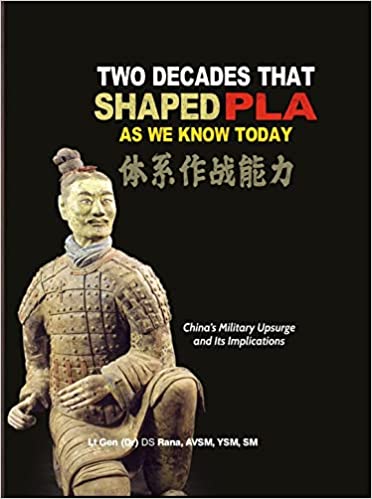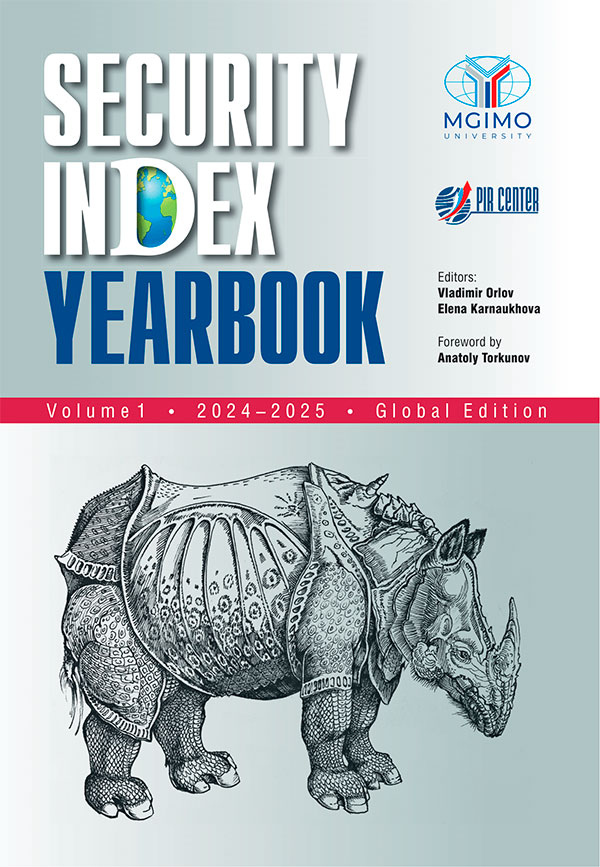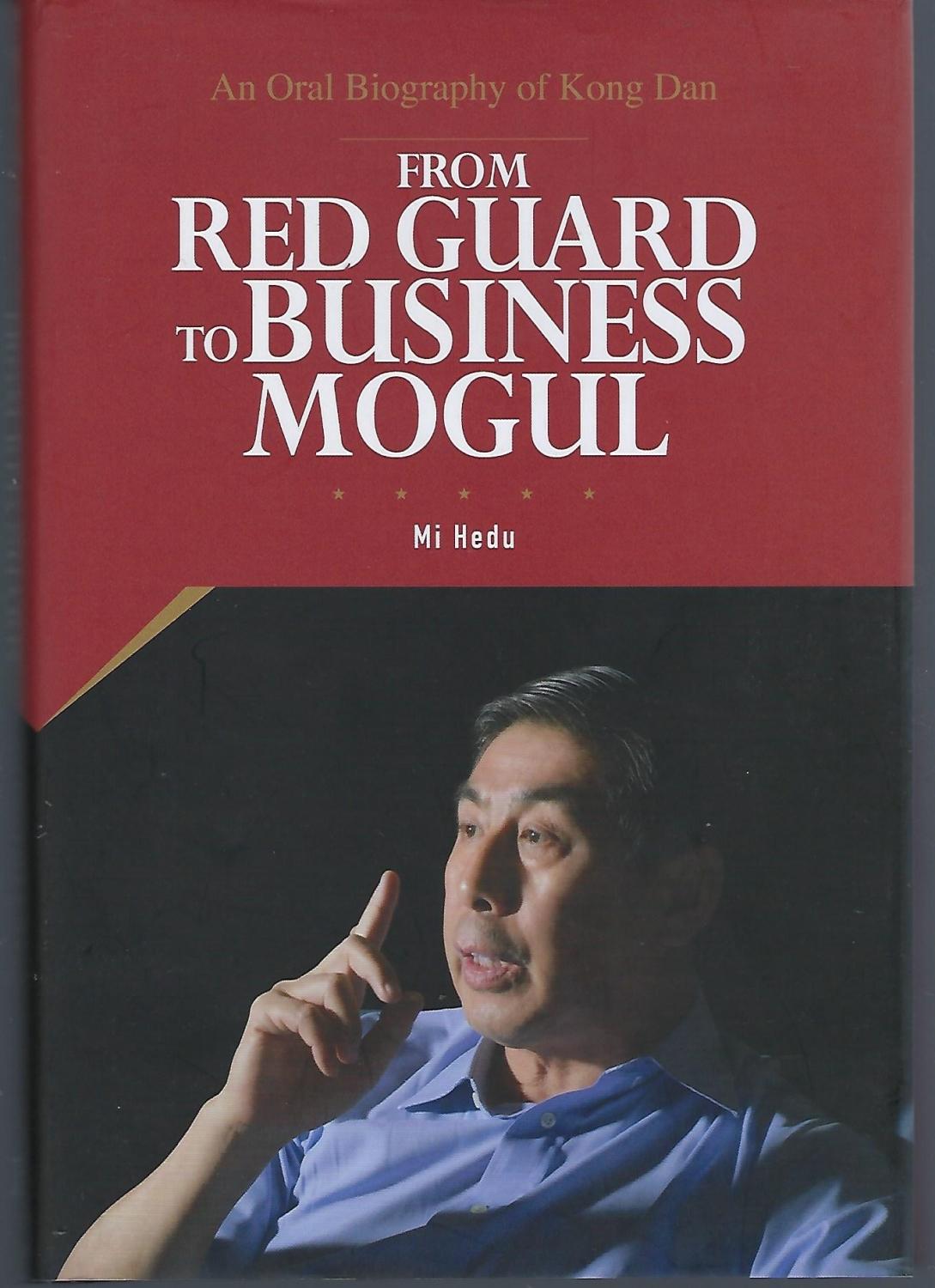... level of high political rhetoric
On Wednesday, NATO Secretary General Mark Rutte concluded a two-day official visit to Japan—his first visit to the country since becoming the chief of the transatlantic military alliance in October. Among NATO's “Indo-Pacific partners,” Japan stands out as the biggest economy, the most generous defense spender and a country with an exceptional track record of close relationships with the transatlantic alliance. Not only has the Japanese prime minister attended ...
... actors or if India and China can reach a strategic breakthrough in the overall bilateral relationship, which looks unlikely to happen anytime soon.
This divergence of views explains why Russia and India have such different attitudes to the concept of the Indo-Pacific. In Moscow, they often look at this concept as a US-designed strategic framework aimed at insulating China in the region and at turning nations of the Indian and Pacific Oceans coastline into obedient vassals of Washington. Moreover, Russian ...
... contracts for large-scale production with the conflicts in Ukraine and Israel-Palestine. Regardless of rumors of Washington downgrading its nuclear reliance, the role of the latter in US strategic documents becomes all the more striking. “A Free and Open Indo-Pacific”
paper
was issued under the Trump administration in 2019, while President J. Biden’s
Indo-Pacific Strategy
was published in February 2022. A simplistic quantitative content-analysis yields indicative results. Comparing the sheer number ...
... its direct and portfolio investment in U.S. One could imagine further diversification of India-U.S. economic ties’ formats, including building joint production and R&D chains and other advanced forms of industrial cooperation.
Geopolitically, the Indo-Pacific partnership will go ahead. India has already developed strong political bonds with the United States through an intense bilateral political dialogue at various levels and through several multilateral arrangements. This process will undoubtedly ...
... organizations that have emerged in the region since. Similar functions and goals are stated in the Chinese-centered Regional Comprehensive Economic Partnership (RCEP), the anti-Chinese Comprehensive Progressive Trans-Pacific Partnership (CPTPP) and the U.S. Indo-Pacific Economic Framework (IPEF). The Forum did not do well in trade liberalization, and the
1994 Bogor Goals
remained largely unfulfilled as bilateral and multilateral free-trade zones proved more promising. Political and security issues did not ...
... forecast that its geo-economic structure will be influenced by the Fourth Industrial Revolution while that of geopolitics will disproportionately be shaped by the global competition between the superpowers of the U.S. and China.
Ekaterina Arapova:
The Indo-Pacific Economic Framework for Prosperity: America’s Answer to the Regional Comprehensive Economic Partnership?
The unprecedented U.S.-led Western sanctions against Russia in response to Moscow’s ongoing special military operation in Ukraine ...
Trade appears to be the weak link in the new multilateral initiative as the U.S. is reluctant to take on clear commitments to open markets
On his visit to Tokyo, U.S. President Joe Biden announced on May 22 the new Indo-Pacific Economic Framework for Prosperity
initiative
, initially made up of 12 of the region’s countries – the United States, Australia, Brunei, India, Indonesia, Japan, Malaysia, New Zealand, the Philippines, South Korea, Thailand and Vietnam....
... this realignment are yet to be determined, thus, it would be vital to critically evaluate the state of play and forge concrete policy recommendations aimed at promoting mutually beneficial engagement.
“The Orient is a Riddle”
Andrey Gubin:
The Indo-Pacific Conundrum: Why U.S. Plans Are Destined to Fail
The subtleties of dealing with the Asian partners in a broader sense can be exemplified by a famous Russian catchphrase in the subheading. It should be noted that some regions of the Global East ...
The West’s anti-China rhetoric and the idea of mounting NATO presence in the Indo-Pacific meet with a critical reception from most Asian states
As the ideological schism in today’s world deepens, the leaders of the liberal camp are ramping up their activities in the regions they have not paid much attention to before. The ...
... with Sergey Lunev, Professor at MGIMO University and Higher School of Economics, and Nandan Unnikrishnan, Distinguished Fellow at the Observer Research Foundation, presenting their views on the topic.
The second session “
Regional dynamics: India’s Indo-Pacific strategy and Russia’s vision
” was dedicated to the increasingly more vibrant concept of the Indo-Pacific, Russia’s and India’s perceptions of it. Tatiana Shaumyan, Head of the Center for Indian Studies and Academic Board Member at ...



